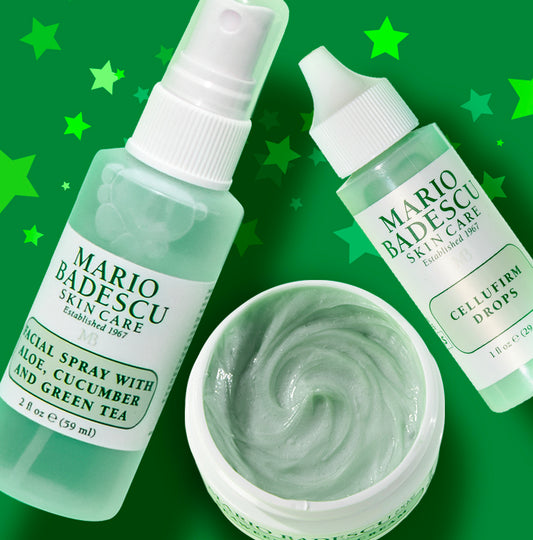We’ve been cutting you (and ourselves, in all honesty) some slack; summer’s only just over after all, and it’d only be humane to let you live a little with an extended Labor Day weekend. But it’s back to school season, and whether or not you’re still in school, September will always bring to mind the start of a new “year.”
No matter where we are – school, work, retired – understanding the basics of skincare is always important: so pencils, pens and notebooks at the ready! (Or have we advanced so much so we’re all about the iPads and tablets now?) In any case, get ready for your five installments of Skincare 101. And yes, there will be a quiz at the end of this course.
Without further a due, lesson #1: What is oily skin?
Caused by an over-secretion of the oil glands, the name seems fairly self-explanatory. And it is, to some extent. A shiny T-zone is near unavoidable, you (feel) prone to breakouts, your pores may feel more clogged than you’d like. But since we all knew that, let’s delve a little, shall we?
Oily skin is thick, with larger, often visible pores around the center of the face.
But why is it that clogged pores and blackheads are so problematic, then?
Over-productive (we prefer the term “active”) glands leave a film of oil on the face, acting as both a protective barrier as well as a suffocative wall. The abundance of oil helps keep moisture from evaporating from the epidermis, making skin less prone to aging and pre-mature wrinkling than other skin types. On the other hand, dead skin cells and other build-up stick together and pile up in layers on the surface. Pores are then physically blocked.
So how do you identify oily skin?
Upon wakening, skin appears especially oily in the T-zone, or simply shiny all over. Complexion tends toward medium to dark in coloring, although such characteristic isn’t a defining factor. Blackheads, large pores, excessive shine and acne are common with this skin type.
. . .
Any other questions? Ask them in the comments below!
(image via)



